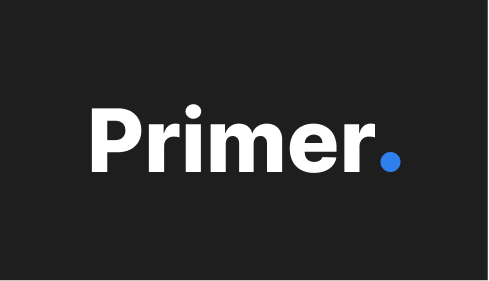Radio Buttons
Radio buttons allow users to select a single option from a predefined set of data.
Variants
Variants change the way a component is presented. They are applied by utilizing various class names for the component.
| Variant | Purpose |
default | Default (no variant applied) looks similar to the standard HTML radio button. Used in all instances. |
boxed | The boxed variant makes the radio buttons look more like chunky buttons. Used for small data sets. |
Behaviors
Behaviors change the way a component "behaves". These can be stacked with variants to increase customization of the component.
| Behavior | Purpose |
stacked | Stacked is the default behavior for radio buttons. The buttons are displayed vertically. Used for larger data sets. |
inline | Inline displays the button horizontally. Used for smaller data sets. |
Anatomy
Fieldset
When doing a group of checkbox fields they should be wrapped in a fieldset element. This treats the elements as part of the same group. Fieldset requires the use of a legend element to label the group of fields.
Legend
The HTML legend element describes the group of elements. Required when using a fieldset. An optional label can be applied to the legend as well. The legend will be styled the same as the other form control label's. The legend does not have a for attribute.
<legend class="pmr-c-legend">
Legend
<span class="pmr-c-label__flag">
(optional)
</span>
</legend>Label
The HTML label element describes the fields purpose. Every form control must have a label associated to it. When using the radio button field these labels are styled differently from the standard label. This is because they are describing an option instead of a title for the field.
<label for="radio-item-1" class="pmr-c-radio-field__item-label">
Label
</label>Input
To create a radio set the HTML input element's type to radio. Primer overrides the default browser radio using custom CSS. Make sure the order of the elements for each field follows the below pattern:
<li class="pmr-c-radio-field__item">
<input type="radio" class="pmr-c-radio__input" id="radio-item-1" name="radio-field" value="value-1" />
<span class="pmr-c-radio__custom-radio"></span>
<label class="pmr-c-radio-field__item-label" for="item-1">
Item 1
</label>
</li>Field Note
The field note can be used to display descriptive text to provide additional context or error messages. Icons can be used in the field note like shown below:
<div id="radio-field-1__fieldnote" class="pmr-c-fieldnote">
<svg class="pmr-c-icon pmr-c-fieldnote__icon">
<use xlink:href="assets/pmr-icons.svg#close-circle"></use>
</svg>
This is an error state fieldnote
</div>States
Error
The error state can be applied when the data entered was invalid. Apply the pmr-is-error class to the wrapping div around the form control. Make sure to use the close-circle icon with error messages only.
Error State
HTMLDisabled
Disabled can be used to prevent the user from modifying a field. Apply the pmr-is-disabled class to the wrapping div and disabled to the input field.
Disabled State
HTMLLive Demo
radiofield
html